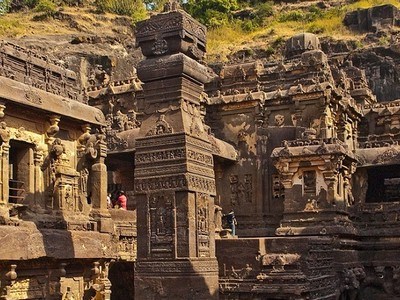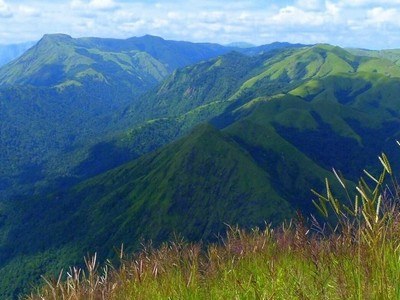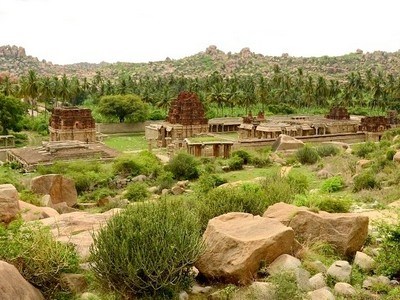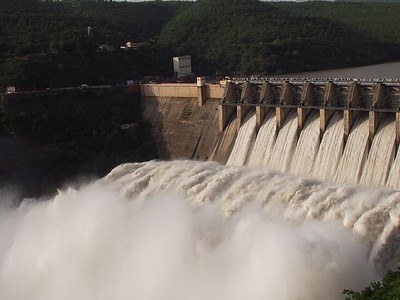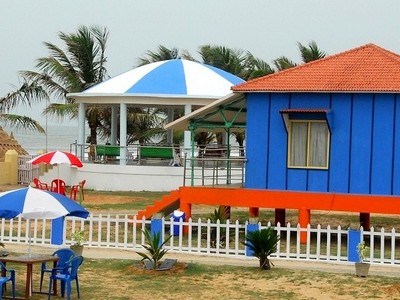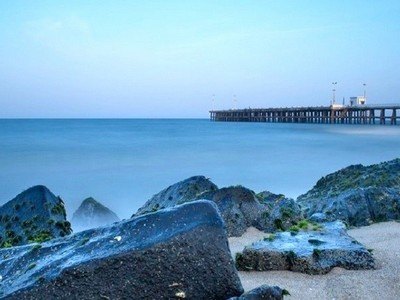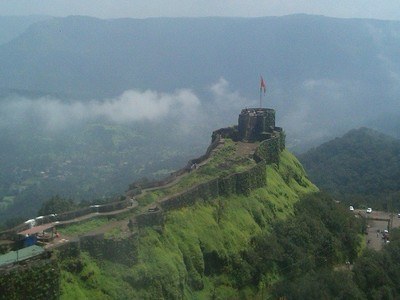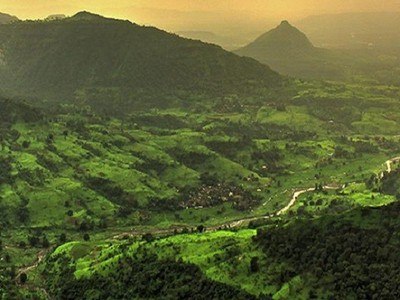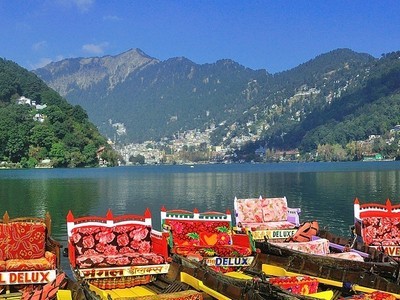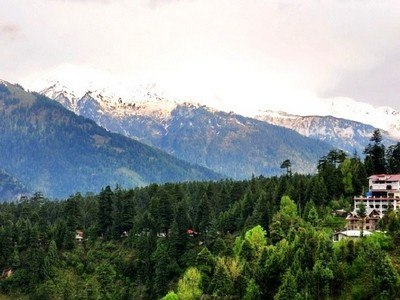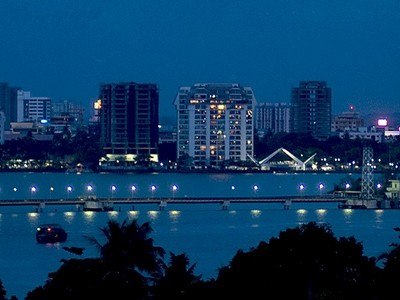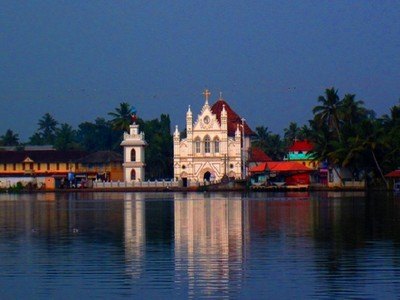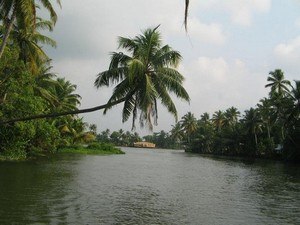About Saptashrungi Devi Temple
At a distance of 26 Km from Vani and 65 Km from Nashik, Saptashrungi Devi Mandir is a Hindu temple situated near Nanduri village. Perched on a cliff at an elevation of 1,230 meters, this temple is dedicated to Goddess Saptashrungi, also referred to as Mahishasura Mardini, the slayer of the demon Mahishasura. It is widely recognized as one of the 'three and a half Shakti Peethas' in Maharashtra and is part of the 51 Shakti Peethas found across the Indian subcontinent. The term 'Saptashrungi' translates to seven mountain peaks, referring to the hill range that comprises seven hills, where the Saptashrungi Goddess is revered among these peaks. It is the must-include place in the
Nashik tour packages.
History & Mythology of Saptashrungi Devi Temple
The Saptashrungi Temple is one of the 51 Shakti Peethas situated on the Indian subcontinent, believed to be the site where a limb of Sati, specifically her right arm, is said to have fallen. This temple, dedicated to the goddess Saptashrungi, is recognized as one of the three and a half Shakti Peethas in Maharashtra, alongside the Mahalakshmi Temple in Kolhapur, the Tulja Bhavani Temple, and the Renuka Mata Temple in Mahur. Collectively, these four temples symbolize the four components of Omkara: A, U, M, and Bindu.
According to another legend, the powerful goddess assumed the form of Devi Durga to vanquish the demon Mahishasura, ...
...read more





